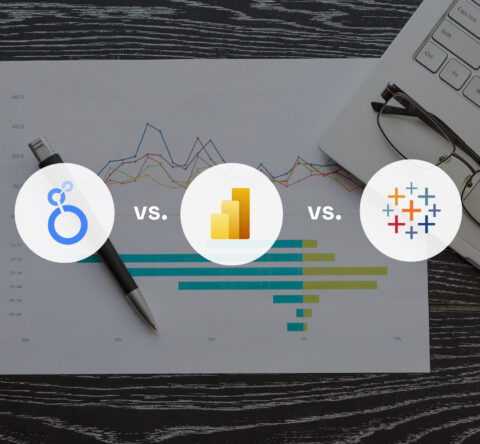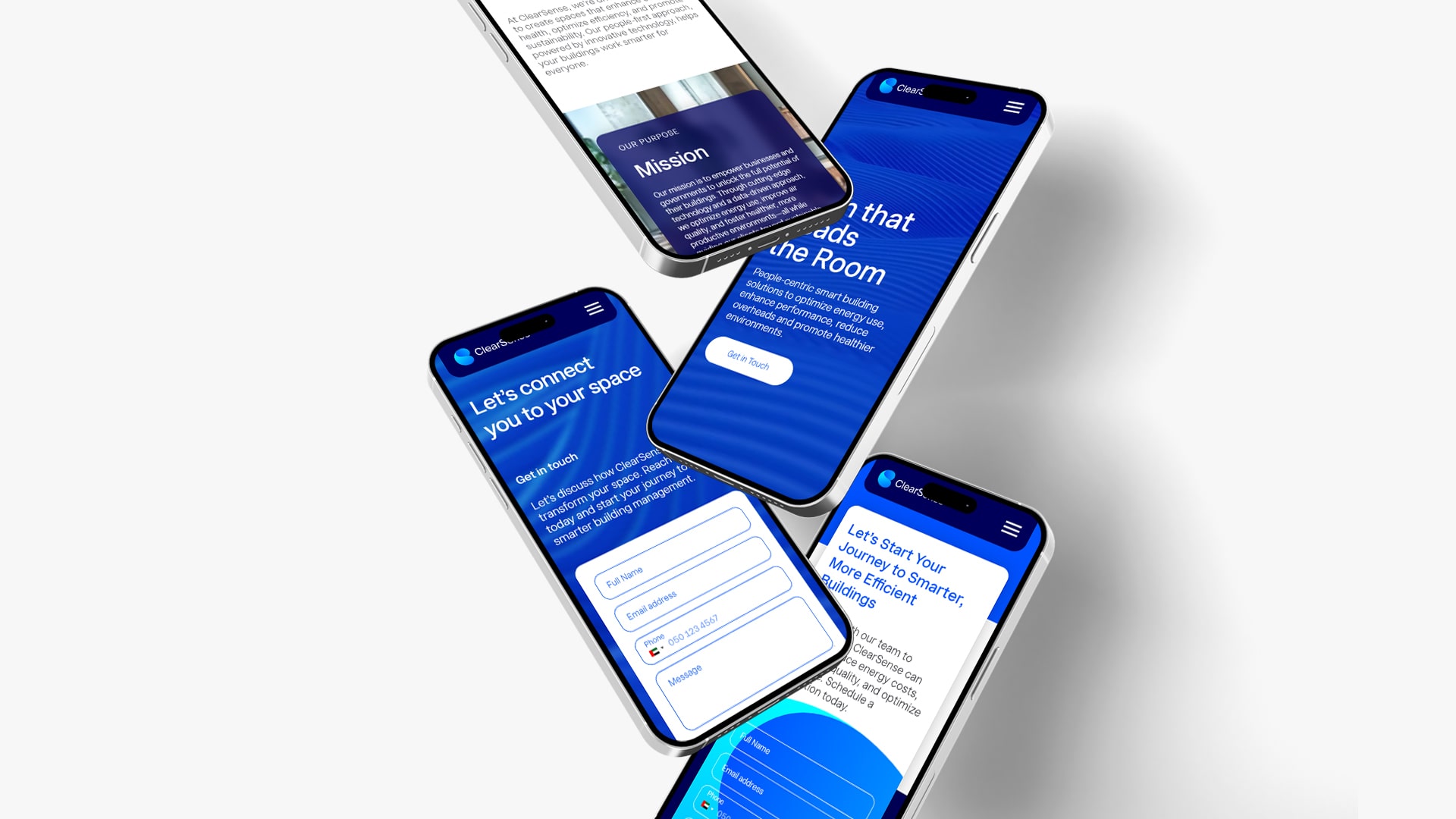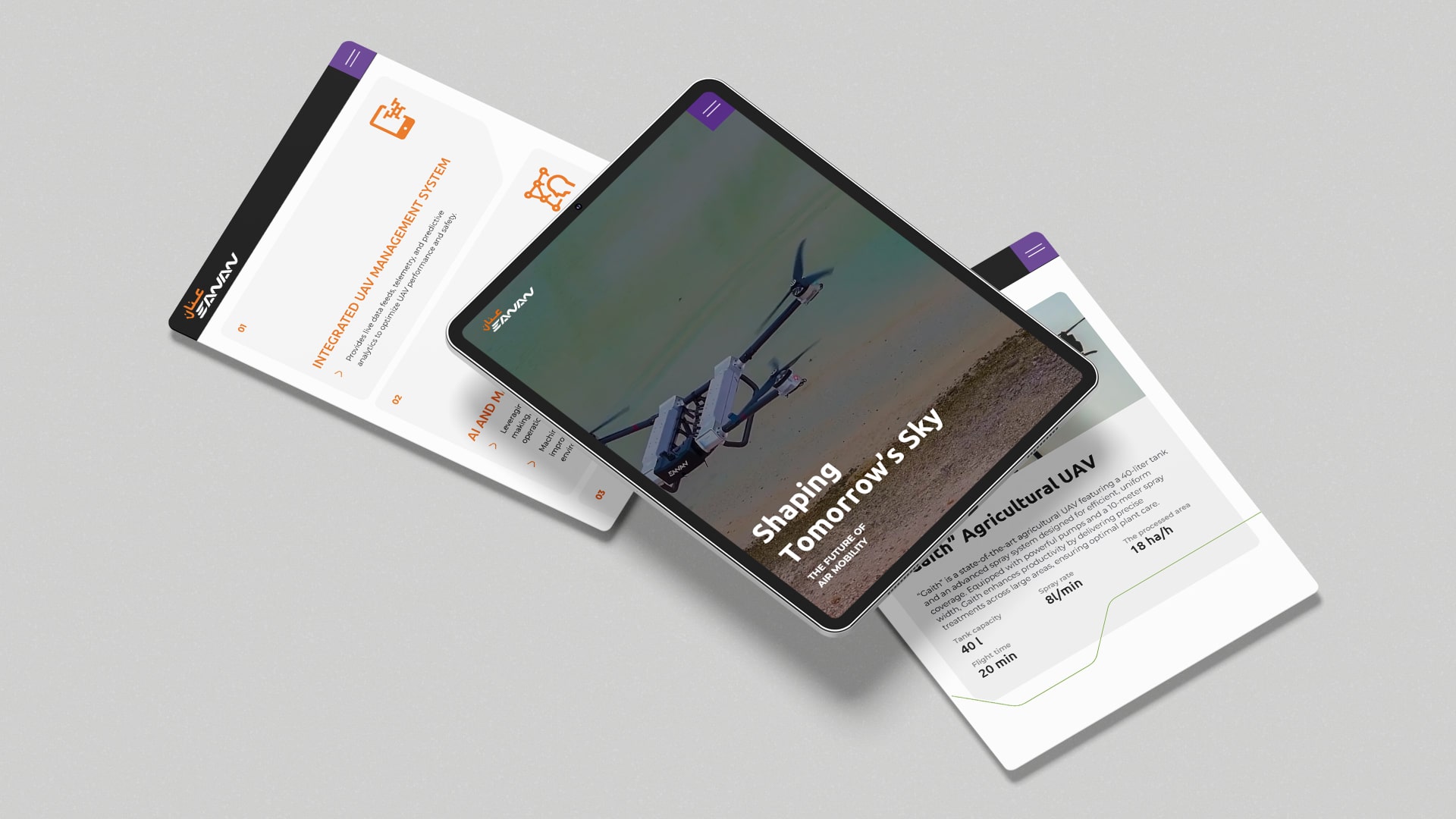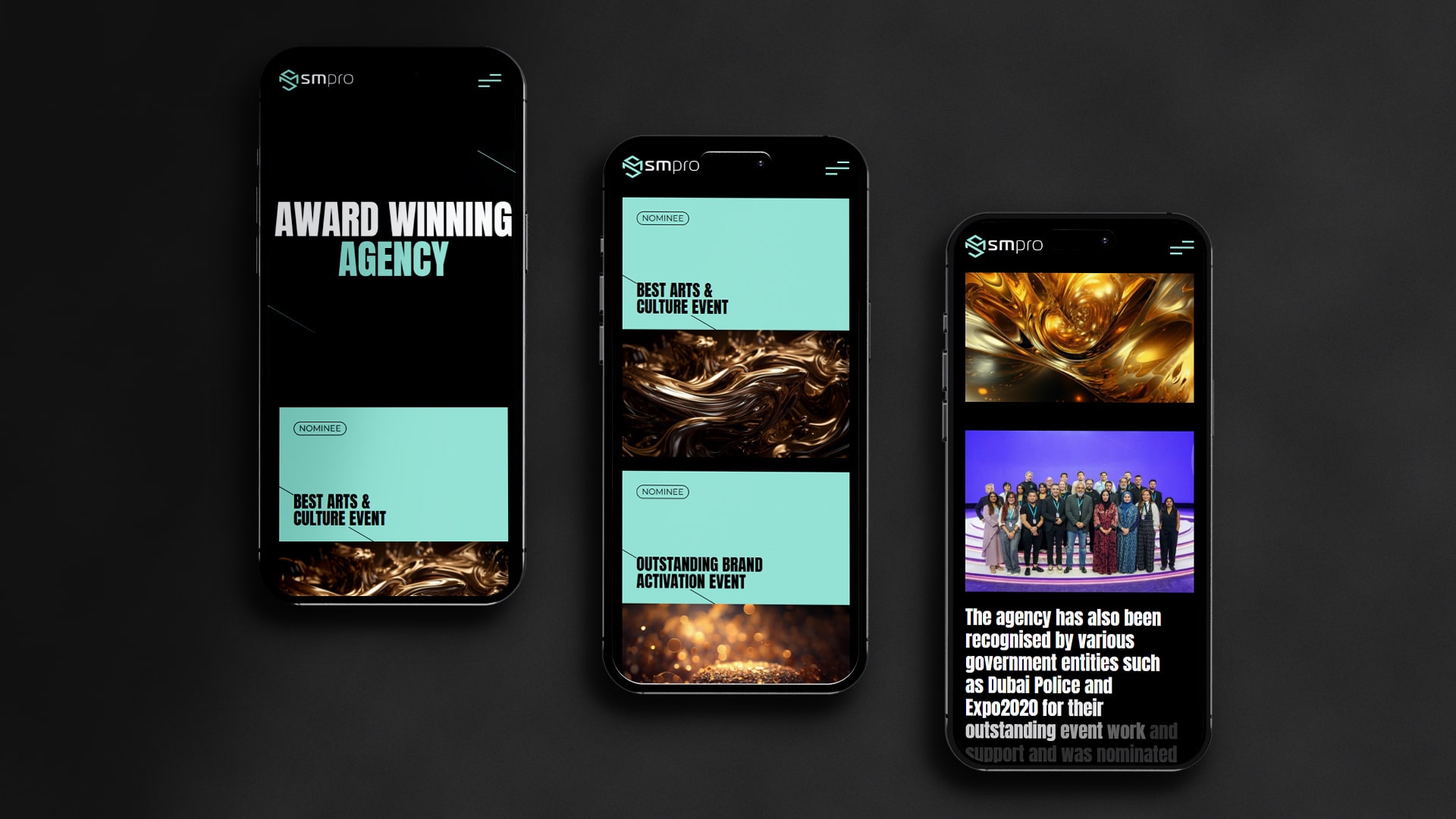The topic of accessibility is frequently brought up in relation to single or particular technologies, such as apps or websites. But today, service and UX designers work on connected, complex products with severe physical and digital footprints. How are we going to design accessible experiences for these environments?

Why does accessibility matter?
With designing for accessibility at the back of your mind, we maximize the possibilities of everyone using a product irrespective of the situation, context, or ability. This includes users with temporary or permanent auditory, visual cognitive, or speech disabilities.
Accessibility has an impact on all of us. A loud environment, a broken arm, and many others influence the manner by which we interact with a product. An example is using a high contrast color contrast so that the content is ready for everyone.
The challenge
The topic of accessibility is frequently brought up in relation to single or particular technologies, such as apps or websites. But today, service and UX designers work on products with multiple physical and digital points regularly. Even the products are no longer independent of each other. In the context of service networks or bigger ecosystems, they exist. It increases the complexity for the end user.
Digital services have gone on to become part and parcel of our lives in a major way. Connected appliances are used in our homes, voice interfaces interact with our cars while driving, and orders are placed at a self-kiosk desk in a restaurant with no human interaction.
No longer do designers need to consider the accessibility of an individual component within a service and the interaction among the components.
The opportunity
Design with accessibility in mind forces us to engage and understand our users in a better way. An accessibility practice enables us to think in new ways. No surprise that historically, accessibility has benefitted users in various ways- excluding those who are disabled. When entering a building with their hands full, people can benefit from doors that open automatically for wheelchair users. Design for accessibility features is popular among all users, such as older ones or those consuming content in a cloud environment.
Apart from avoiding legal issues and related costs, an accessible design enhances the customer base of a product. The statistics on disability can be biased that depend on the cultural understanding of disability. Based on today’s technology, customers get older, and they want to keep on using digital products. Hence the customer base will keep on increasing.
Larger companies like Google and Amazon are aware of this need. To improve the accessibility of the products, they have invested a significant amount of resources. Apple’s design for accessibility examples is well-known among the masses. The company is a pioneer when it comes to accessibility features and continuously improves the accessibility of its products.
The reasons why an accessible design is good for all
Most designers harp on the point that accessibility matters. Their aim is to formulate standards for accessible design, and it makes sense from a business viewpoint that individuals would be able to use something that is beneficial to them.
The curb-cut effect
The main reason that accessibility has numerous benefits is that allowing users to use your product in the curb-cut effect. Such an effect refers to the fact that designs are developed to help people with disabilities and often end up benefiting a larger group. Most of us think of curb- the cut effect as an accessible design but a logical and user-friendly way to design side aways- hence the term curb-cut effect.
The curb-cut effect is frequently seen by closed captioning on video content. Because they were designed for those with hearing difficulties, the captions were only meant for this specific demographic. This may end up being beneficial for a wider user base.
Social impact
Business impact and driving innovation are positive sides- effects to be kept in mind. But in the end, designing for accessibility is sensible, as ignoring this topic can lead to unethical or even illegal execution of the users. An inaccessible digital product does block people from benefiting from the technology and participating in certain activities of the society.
Different theoretical models emerge on how we think about disability and our association with the term. It is valuable for designers to understand the social model of disability.

Makes the physical world accessible
In the physical environment, it is impossible to make every service or object accessible to everyone. An example is traditional thermostats that are accessible to anyone who is blind. Digitalization of such products has the potential to make them accessible to a larger audience. Simply connect a thermostat to an app that can be used with a screen reader. As a result, thermostats can be useful for people who are blind.
A new design for accessibility features has the power to create new possibilities for many users, so let us make more use of it.
The FOUR Principles
FOUR is an acronym for the four principles
- Perceivable
- Understandable
- Operable
- Robust
The designers are able to apply this principle to any product or service, irrespective of the underlying technology. The principles can provide guidance in the design process when you are trying to make a decision that a set of guidelines or rules cannot specifically answer.
The Takeaways
Accessibility is one of the first things to be cut from designs, taking into consideration that the cost involved in designing for accessibility is small compared to the overall benefits of launching or relaunching a product or service. An argument exists that skimping for accessibility is short-sighted, and important reasons exist for laying emphasis on accessibility.
The obvious reason is a moral one; you have to develop an accessible design so that it is accessible to everyone. Secondly, when most of us consider accessibility, a feeling exists that it is a legal one. Many countries have legal protocols that you need to design with accessibility in mind and not make you vulnerable to any form of a lawsuit. Finally, a business tends to overlook accessibility is good for them.
To know more, Connect with GTECH.
Related Post
Publications, Insights & News from GTECH








